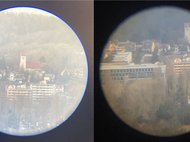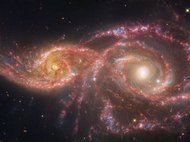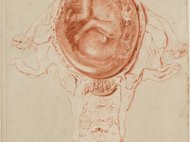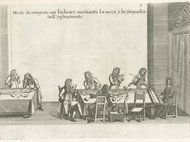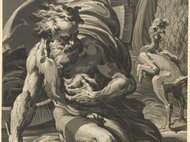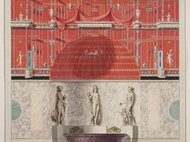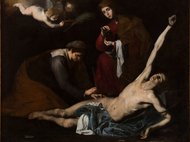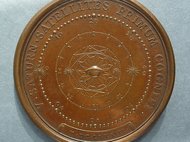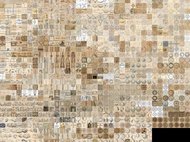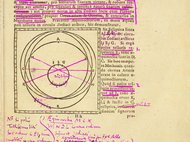Media Revolutions and Images
The Research Group investigates visualizations of knowledge against the background of media changes in the late medieval and early modern period. Our aim is to understand how different media impact the way in which knowledge was depicted and visualized.
The introduction of the movable-type printing press in Europe marks a watershed in the historical development under investigation. Our research examines the introduction of prints alongside the continuous use of manuscripts, the introduction of the scientific journal as a medium of scientific communication, as well as the invention of new instruments such as microscopes and telescopes. Interdisciplinarity between the fields of history of science, history of art, book history, and media studies are key, as well as an awareness of our current existence in the digital media revolution. We work with the premises that the impact between new media, new forms of communication, and new ideas worked not in accordance with linear causality, but was instead multidirectional. For example, new scientific breakthroughs might have called for new forms of visualization, while at the same time printed books and journals have also had an impact on the way that visual communication worked in terms of process of replication and verification. We investigate various early modern “scientific” traditions and their visual dimensions in order to make comparisons between these fields and to achieve a more precise understanding of the underlying changes. Key questions are: How are different media used to communicate knowledge and scientific information visually? What was the impact of the printing press, of the introduction of scientific journals, and the broader dissemination of scientific communication on the ways that authors, publishers, and artists visualized their ideas? And might some intellectual ideas have pushed for new medial forms and/or the use of new instruments of vision?
Our inquiry into how innovations in the media intrastructure influenced visual communication five hundred years ago inevitably resonates with the current media revolution that we are experiencing in our daily life and work. Within the group we therefore reflect on our own practices as (art) historians and how these have changed within the past decades as a result of digital media. Have our approaches to the past and the questions that we ask of it changed as a consequence of the developments in the way that we search for books, or visualize networks of authors, publishers, or early modern scientists, or compare images and art works made available in digitized forms from all over the world on our computer screens? And can this experience sensitize us to aspects of the early modern media revolutions that have often been ignored or overlooked? Not only are we investigating and questioning our own work within the humanities but to enhance our awareness of the ing parallels between early modern scientific practices and current practices we engage with natural scientists and artists to understand their workings as well as their reflections on new media.
